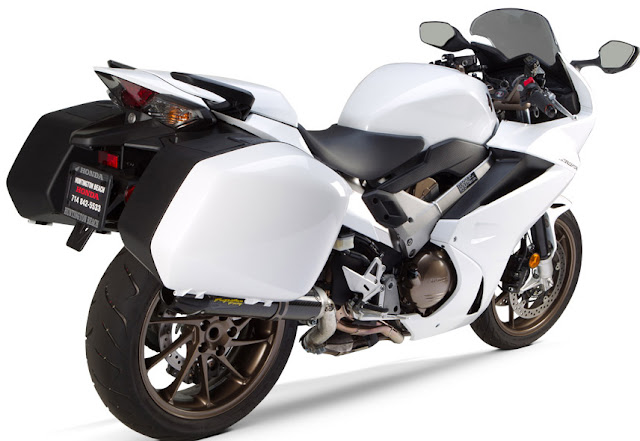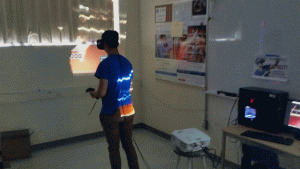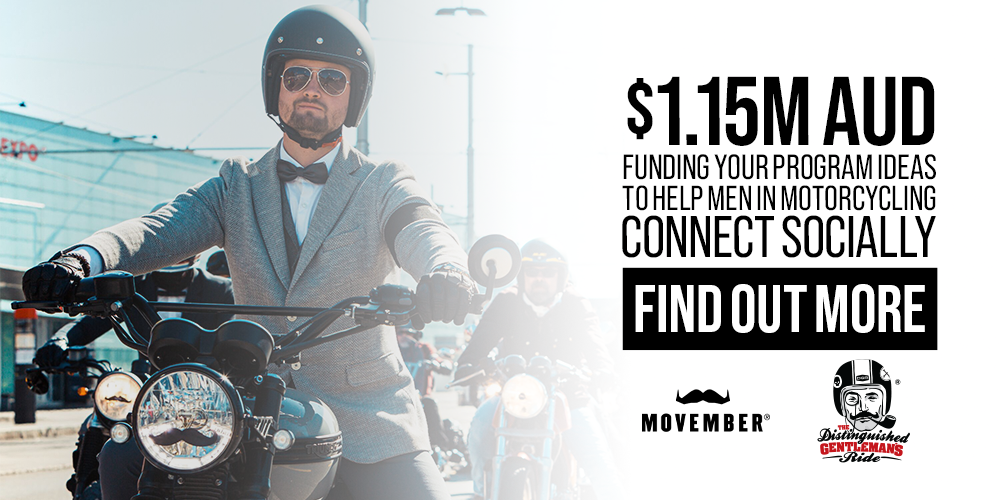Friday night had me home alone in the first time in forever. After a rough week at work I was wiped and on the verge of a cold, so it was a low impact night. I went looking for some escapist media and stumbled upon EXIF’s Top 6 Best Motorcycle Films. I’d seen Shinya Kimura in The Greasy Hands Preachers, but I’d never seen the film that set him out as a motorcycle media icon, it’s just shy of three minutes of perfection:
Shinya Kimura: Chabott Engineering
Another one I hadn’t seen before that does a great job of capturing a northern motorcyclist’s winter dilemma is Waiting out the Winter. It’s a short video, but it sets the mood of tinkering while we wait for the snow to recede in the frozen north wonderfully:
Waiting Out The Winter
WAITING OUT WINTER from Andrew David Watson on Vimeo.
Those short films made a great appetizer, but I was looking for something a bit more long form. If you’re ever looking to pass a lazy hour or two in another time and place, Cycles South will take you to the early 1970s. Like the ’70s themselves, Cycles South looses the plot half way through, but discovers itself again before the end. If you’re delicate and can’t handle the very non-politically correct sensibilities of the early 1970s, don’t watch this, but if you can let it all go and are willing to exist in another time, Cycles South makes for a psychedelic road trip (man). The whole thing is on Youtube in 15 minute segments, they connected together automatically with a few seconds of delay between, mercifully commercial free.
Google/Youtube lost its mind after I watched the series in order and started shooting motorcycle themed video at me from all directions. Next up was Fifty Years of Kicks, a twenty minute documentary about two off road motorcyclists well into their seventies. I wasn’t initially hooked, but the quality of filming and the narrative they were building had me after a few minutes. There is something about watching old guys fight the clock that is heroic. It makes me want to celebrate any small victories they have before the inevitable happens.
Looking for something on the history of motorcycles I came across The History Channel’s documentary on Youtube. It’s a bit wiz-bang flashy and over edited, but you get some Jay Leno, and the jet powered Y2K. When they went from that to some Dodge Viper powered thing I began to think this was less about motorcycles and more about bored rich people. I didn’t get to the end of this one.
Have you ever wished you had an old, British uncle with an encyclopedic knowledge of motorbikes who would natter on about them indefinitely? I was afraid Classic British Motorbikes: 100 Years of Motorcycling was going to be an advertisement for a dealership in England, but the big green Triumph Tiger in the opening moments kept me playing it. This video takes place sometime in the early two thousands (hence my model of Tiger sitting in front of the dealership). The idea was to invite in classic bikes and celebrate 100 years of motorbiking in Britain. The camera work is amateur, as is the interviewing, but you’ll still pick up a lot of history from the owners and the knowledgeable interviewer.
I watched until he interviewed the owner of the dealership who seemed entirely disinterested in the whole thing and was apparently running the family business because of his dad’s love of bikes. He made a stark contrast to the enthusiasm of every previous interview. If you’re interested in British bikes and especially their history, you’ll enjoy this one (with a bit of fast forwarding).
It’s amazing what motorcycle media you can dig up on the internet with a bit of luck.




















